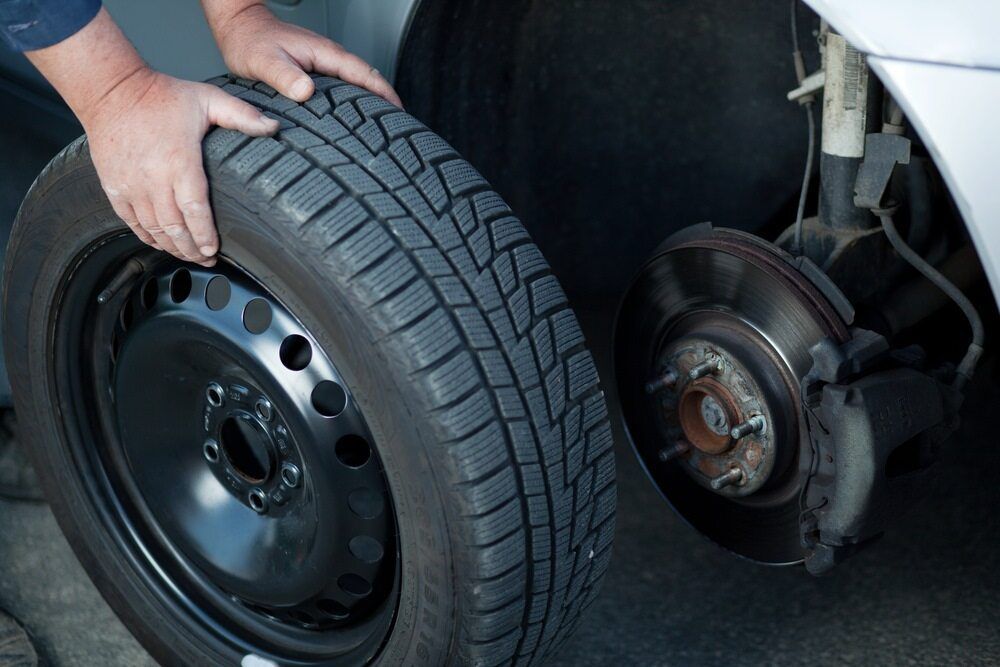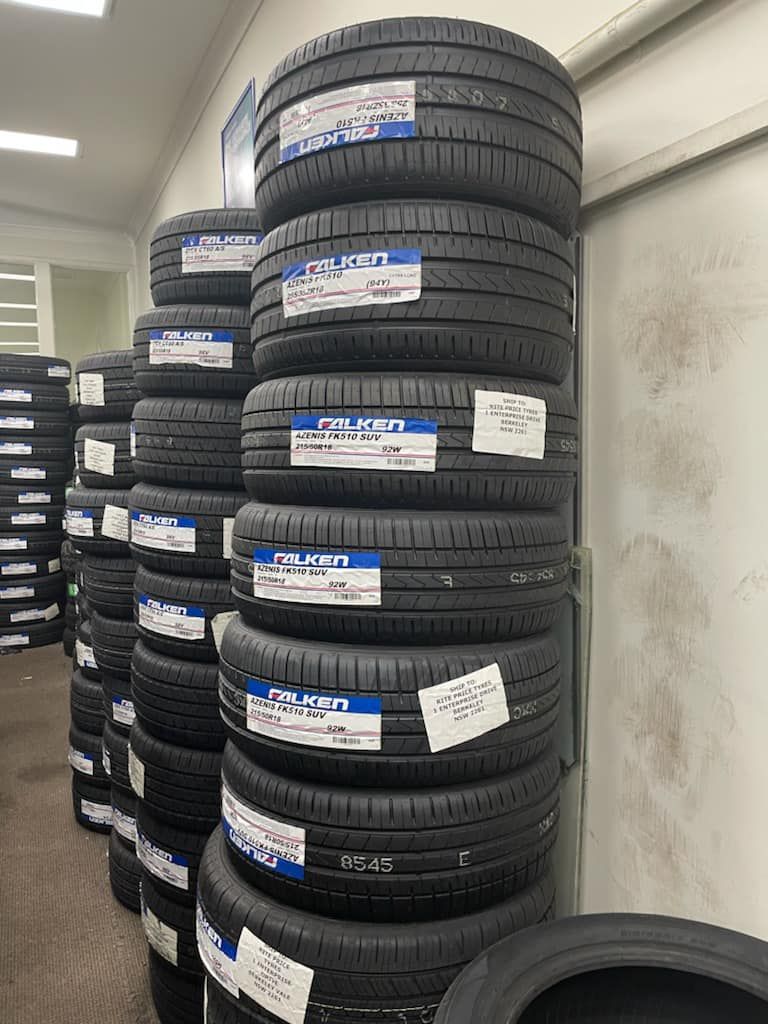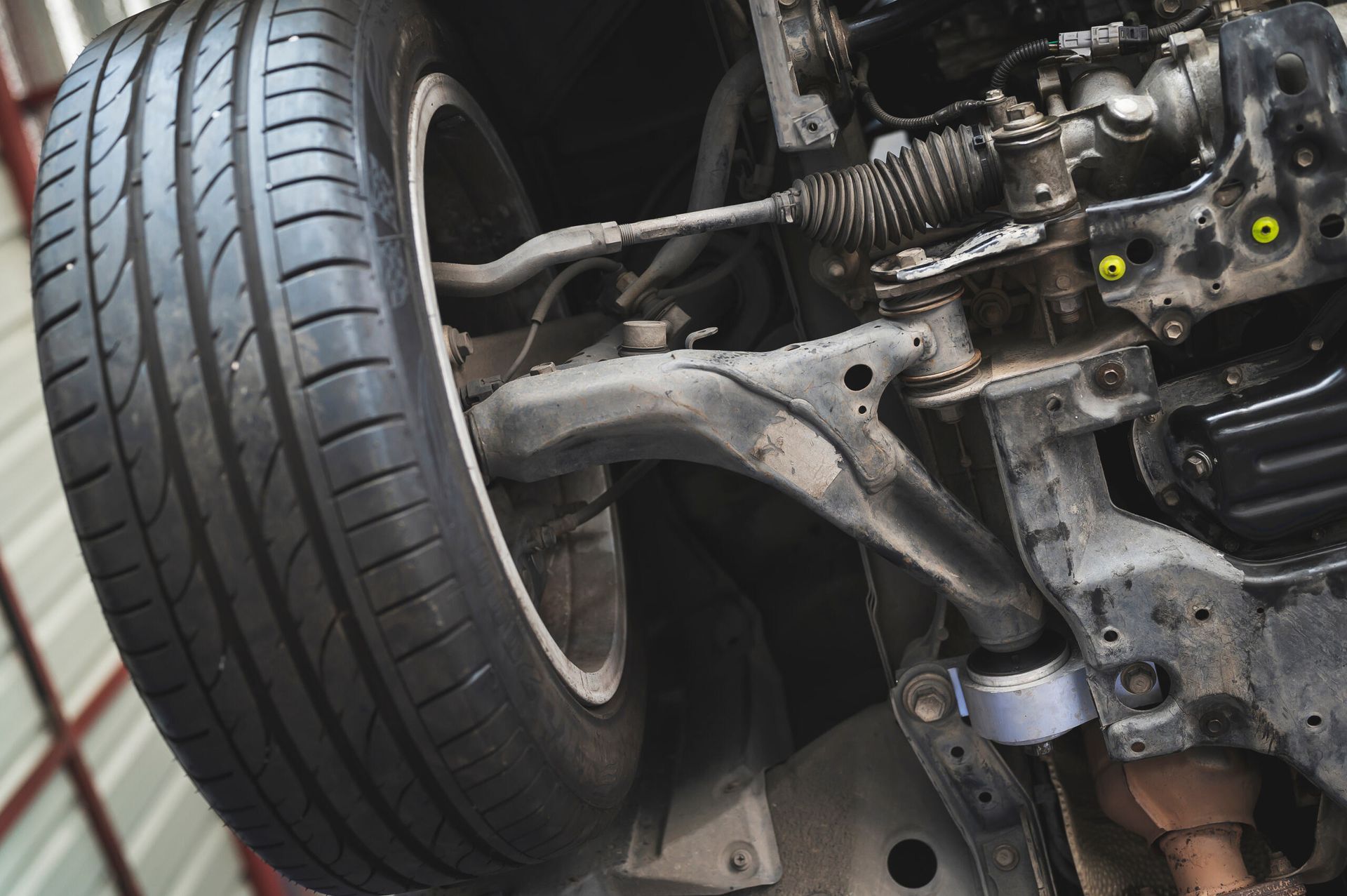Understanding Tyre Pressure: Save Fuel & Improve Safety
When you pull into the driveway after one of your regular drives, you might rarely think about the air in your tyres. Yet maintaining correct tyre pressure is one of those small habits that can make a significant difference — how your car handles, how much fuel it uses and how long your tyres last. In this blog, we’ll explore why correct tyre pressure matters, how under‑ or over‑inflation affects performance and safety, how to check pressures properly and why booking a professional tyre check makes sense.

How Incorrect Tyre Pressure Wastes Fuel
Under‑inflated or over‑inflated tyres cost you more at the pump than you might think. When tyre pressure isn’t correct, the engine has to work harder to move the vehicle, which raises fuel consumption.
- Under‑inflated tyres increase rolling resistance because more tyre surface touches the road and flexes, making the engine struggle more.
- Over‑inflated tyres reduce the contact patch and may also increase fuel consumption indirectly by reducing grip and increasing instability.
- Studies show that under‑inflation of just 10% can increase fuel use by around 2%.
By keeping your tyres inflated to the manufacturer’s recommended pressure, you reduce your trips to the petrol service station and help maintain tyre efficiency and lifespan.
Why Tyre Pressure is Crucial for Braking Performance
Your tyres are the only point of contact between your vehicle and the road. If pressure is incorrect, your braking performance and stopping distance can suffer.
- When under-inflated tyres, the sidewalls flex more, reducing stability and increasing braking distance in emergencies.
- With over‑inflation, the centre tread may carry too much load, and the reduced contact patch can impair grip during sudden braking or on wet surfaces.
- Incorrect tyre pressure can compromise safety in everyday driving, especially when conditions change quickly (rain, slippery road, heavy load).
How Tyre Pressure Affects Steering & Cornering
When you navigate a sweeping bend or accelerate out of a roundabout, how your car responds is heavily influenced by how well your tyres perform. And tyre pressure plays an important role here.
Steering feel
- If tyres are under‑inflated, the sidewalls flex more under cornering loads, making the steering feel less precise and reducing stability.
- If tyres are over‑inflated, corners may feel harsher, less comfortable, and the ability to maintain optimum grip can be compromised.
Cornering stability
- Correct tyre pressure allows the tyre to maintain its intended shape under load, giving a consistent and reliable contact patch with the road.
- That means better grip, less body roll and more confidence when manoeuvring or driving in variable conditions.
Whether you are on a winding back road or simply turning onto a suburban street, these factors matter. The difference in feel might be subtle, but it adds up to smoother, safer driving over time.
Temperature, Load & Tyre Pressure—What You Need to Know
Tyre pressure isn’t static. It changes with temperature, load and usage. Understanding these variables helps you keep your tyres in the right zone.
- Ambient temperature shifts: For every approximately 5 °C drop in temperature, tyre pressure can reduce by around 2%.
- Vehicle load: If you carry heavy loads or tow a trailer, the correct pressure may differ from when the car is lightly loaded. The manufacturer’s specification may list different values for “normal” vs “fully loaded” conditions.
- Tyre warm‑up: After driving, the tyres heat up, increasing pressure. That is why “cold inflation pressure” is the correct measure—checking when the tyres are cold gives the most accurate baseline.
How to Check Your Tyre Pressure the Right Way
Checking tyre pressure is straightforward, yet many drivers skip it or rely on vague visuals. Here’s a reliable step‑by‑step process:
- Park the car and wait until the tyres are cold (typically after the vehicle has been stationary for at least three hours or driven only for a short time).
- Locate the correct pressure number – check the sticker on the driver’s door jamb or the vehicle owner’s manual.
- Use a good quality tyre pressure gauge (digital or analogue) to measure the pressure in each tyre (including the spare if equipped).
- If the reading is below the recommended level, add air until it reaches the specified value. If it’s above, release air until the correct reading is achieved.
- Repeat for all tyres and ensure that any adjustment is made while they’re cold.
- Inspect the tread and sidewalls while at it – look for uneven wear, bulges, cuts or other damage that may indicate further issues.
Making this check part of your monthly routine, especially before long trips, ensures your tyres remain in top condition and ready for the road.
Extending the Life of Your Tyres
It’s tempting to check pressure only when something feels off, but regular monthly checks should be the norm. Here’s why:
- Tyres naturally lose a small amount of air over time—especially with temperature changes or if there’s a slow leak.
- Seasonal shifts (colder winter mornings, warm summer afternoons) can cause noticeable changes in tyre pressure without you even realising.
- Consistency builds confidence: if you check monthly, you’ll know when something deviates from normal and can act before it becomes problematic.
Find Quality Tyres Near You for Safer, Smarter Driving
At Rite Price Tyres, we understand how important correct tyre pressure is for your safety and fuel budget. Whether you’re driving locally or preparing for a longer journey, our team can help ensure your tyres are properly inflated, fitted and performing at their best. If you’ve been searching for tyres on the Central Coast, contact us for a professional tyre pressure check or inspection, or to explore our full range of quality car tyres.











